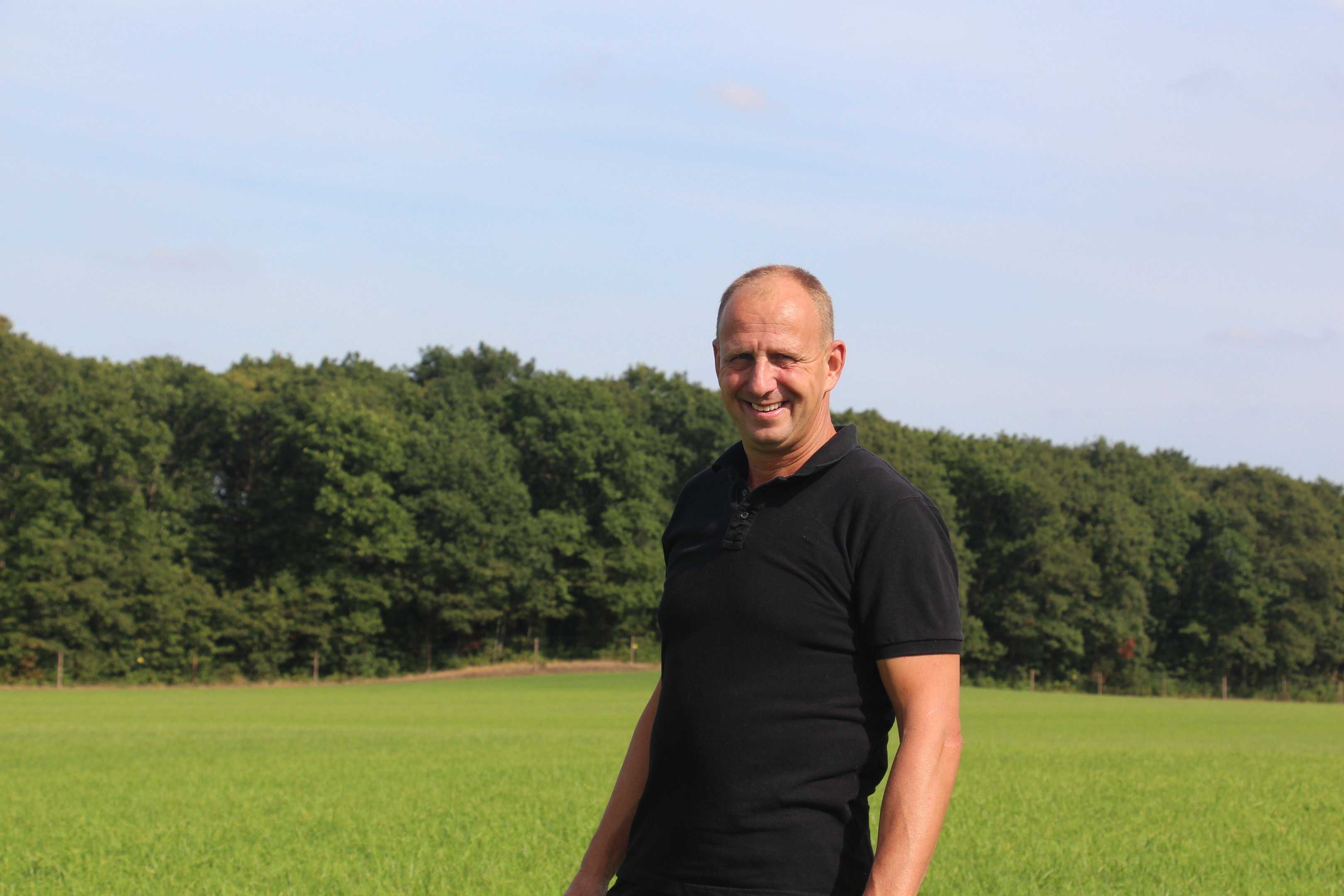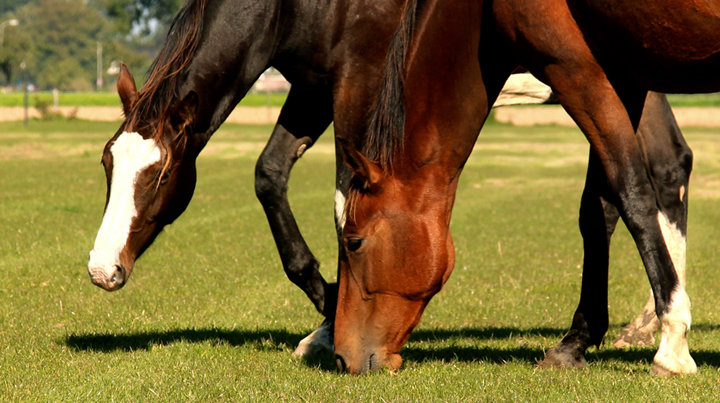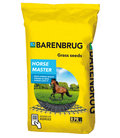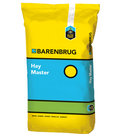.png?height=108&width=87) Thanks to the expanse of land surrounding the farm, the Schut brothers have complete control over forage production. They’re both aware of the benefits this provides.
Thanks to the expanse of land surrounding the farm, the Schut brothers have complete control over forage production. They’re both aware of the benefits this provides.
“We dictate the quality ourselves and create a uniform forage composition. That’s important as horses don’t cope very well with ration changes.”
On the farm, some of the grass is cut to make hay in plastic wrapped bales. Approximately 1,200 bales are needed every year. “We hate dust and wrapping in plastic also means the hay retains more moisture. But it’s not silage”, he emphasises. The first cut is usually done at the end of May. This is already a pretty heavy cut. They proceed to remove half of the total number of bales from the land.
During the season, part of the ration goes to the horses in the meadow. The horses don’t graze on grass that is too long, in order to prevent them consuming too much fructan and therefore reducing the risk of laminitis. The horses are outside for 365 days a year, only remaining inside during extreme weather conditions. The light sandy soil means that water drains easily and the fields remain easily accessible for the horses. Last summer, the cutting and grazing plots were intensely irrigated to ensure continuous grass growth. This might cost a lot of money, but a sufficient supply of good grass is much more important.




.png?height=108&width=87) Thanks to the expanse of land surrounding the farm, the Schut brothers have complete control over forage production. They’re both aware of the benefits this provides.
Thanks to the expanse of land surrounding the farm, the Schut brothers have complete control over forage production. They’re both aware of the benefits this provides.



